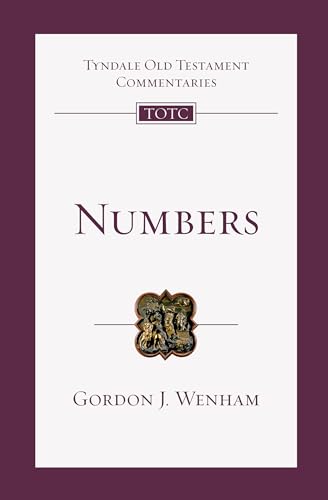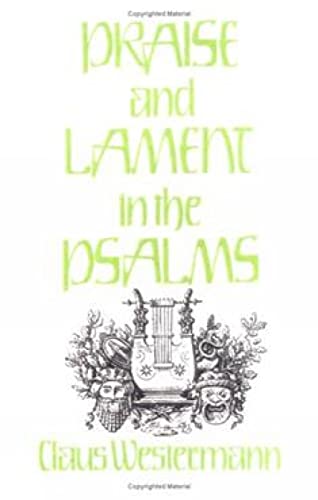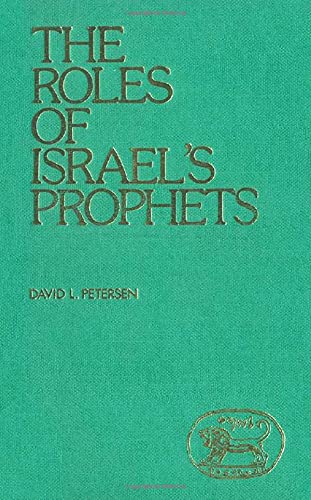The Gospel according to Matthew. A Commentary
Written by Francis Wright Beare Reviewed By H. J. Bernard CombrinkFor quite a time now there has been a need for a major English commentary on Matthew incorporating the research of recent years. This work is the first major contribution in this respect, although shortly afterwards a commentary by R. H. Gundry was published and another one (by D. Carson) is to be published shortly.
It is evident throughout this commentary that Beare sees the author of the first gospel as a pastor and a teacher writing a manual of instruction in the Christian way of life. The narrative framework of the gospel is not essentially biographical and historical but displays a double perspective. Although formally related to the life of Jesus, the anecdotes related here are meant to address the church of Matthew’s day. This gospel is not intended as a record for the archives, but as practical guidance for the Christian of the evangelist’s own time. Beare points out that this does not imply that the whole story is fictional, as there is a—not inconsiderable—nucleus of recollections in the gospel.
One can agree with Beare’s emphasis on the practical concerns of the evangelist and with his emphasis on Matthew’s narrative framework. But when he calls this ‘a meagre enough story’ (p. 17), he does an injustice to the narrative form by which the evangelist communicated the gospel of Jesus Christ to his readers/audience. Although Beare acknowledges the correspondences between Matthew and the Markan framework, he rightly emphasizes the important role of the five discourses as conspicuous indications by the author of the way in which the gospel was organized. His analysis of the main divisions and subdivisions of the gospel as a whole can be taken to be largely satisfactory, though the reviewer would want to underline the structural importance of 4:17 and 16:21 more, without on the other hand taking these verses as the only compositional criteria.
Quite often Beare underlines the evangelist’s creative freedom in handling his tradition and in his editorial rearrangement of material. It is to be positively appraised that the commentator does not merely debate historicity or authenticity, but would rather concentrate on the function and meaning of such material in Matthew. Yet there are times when Beare is quite sure that a phrase, or pericope, is a later addition (e.g. ‘Holy’ in 3:11), or obviously fictional (27:3–10). Ironically in the last example, detailed comment on the meaning of these verses (not only on their origin) is absent in the relevant section of the commentary. Incidentally, the (most) important link between the fulfilment quotation here and in Jeremiah 19 is not pointed out or discussed.
The problems concerning the so-called historical Jesus and his ipsissima verba are well known. It seems to me that evangelicals still have much work to do in connection with the narratives in Old and New Testament, and especially with respect to the role of reporting and reported speech (especially dialogue) in narratives. At any rate, a certain degree of freedom by the biblical authors in composing their narratives (from their sources) has to be conceded. However, when the various sources and traditions available are kept in mind, even with full cognizance of the author’s specific aims in writing his gospel narrative, the easy recourse to ‘fiction’ is not acceptable when dealing with a biblical narrative which obviously purports to be a historical narrative.
In his introduction, Beare also gives a survey of the main teaching of the evangelist. Here the main concepts of Matthean theology are discussed. One has to agree that the theme of judgment is pervasive in Matthew. But to call Matthew a ‘grim book’ (p. viii), with little trace of the gospel of grace (p. 43), is a one-sided view of this gospel, opening and closing as it does with the wonderful message of Jesus as Emmanuel, God with us, and emphasizing in the beginning of the Sermon on the Mount the grace accorded to those who do not deserve it.
The reader will find this commentary worth while to use for many reasons, but especially as the commentator consistently endeavours to focus on the gospel as a whole. His often lengthy introductory treatment of pericopes and chapters, before the detailed verse-by-verse commentary, is in line with this basic approach and to be welcomed.
Although reference is made to secondary literature, the student and non-specialist will find that the commentary reads easily and smoothly. Luckily the commentator refrained from duplicating all the encyclopaedic bibliographical data available in other sources, though the omission from his bibliography of certain books of recent years can be mentioned.
All in all, this is a welcome addition to Matthean commentaries and one which will certainly stimulate discussion of many of the basic questions in Matthean studies.
H. J. Bernard Combrink
University of Stellenbosch, South Africa







